The fashion industry has long been criticized for its narrow standards of beauty, but the issue runs deeper than the lack of diversity on the runway. Behind the scenes, the camera’s gaze—dictated by an unspoken hierarchy of who deserves attention—reinforces exclusion in subtle yet powerful ways. One of the most glaring examples is the systematic sidelining of plus-size models through the strategic use of close-up shots, a practice so ingrained it has become an invisible rule.
The Illusion of Inclusion
At first glance, fashion shows appear to be making progress. Brands occasionally feature plus-size models, and social media applauds these moments as victories for body positivity. But the reality is more cynical. While curvier models may walk the runway, the camera often denies them the same visual prominence as their straight-size counterparts. Close-ups—reserved for faces, hands, or accessories—dominate coverage, effectively erasing their bodies from the narrative. This isn’t an accident; it’s a calculated choice to minimize their presence without outright exclusion.
Photographers and editors claim neutrality, insisting that close-ups are about "aesthetic focus" or "highlighting details." Yet the pattern is undeniable: thinner models receive full-body shots that celebrate their proportions, while plus-size models are reduced to fragments. The message is clear: some bodies are worthy of being seen in their entirety, while others are only acceptable in pieces.
The Power of the Frame
Camera angles and editing are tools of control. In fashion media, they enforce an unspoken bias under the guise of artistic discretion. A close-up on a face avoids showing a midsection; a tight crop on a handbag strategically crops out the model’s hips. These choices aren’t just stylistic—they’re political. By fragmenting plus-size bodies, the industry perpetuates the idea that they are acceptable only when compartmentalized, never as whole, celebrated subjects.
This visual erasure has consequences. When plus-size models are consistently denied full-body shots, it reinforces the notion that their bodies are inherently less desirable. It’s a passive-aggressive form of gatekeeping, allowing brands to pay lip service to diversity while upholding the status quo. The runway might include them, but the camera—the ultimate arbiter of what’s deemed worthy—subtly says otherwise.
The Industry’s Deflection Tactics
When confronted, fashion insiders deflect blame. Designers argue that casting is progress enough; photographers insist they’re "just capturing the clothes." But this ignores how imagery shapes perception. A garment on a plus-size body photographed only in close-up is stripped of its context, rendering the model incidental. It’s a way to have diversity without actually confronting the audience with diverse bodies.
Magazines and show producers further enable this by prioritizing "flattering" angles—a coded term that often means minimizing size. The result is a paradox: plus-size models are included but visually contained, their presence controlled to avoid disrupting the industry’s thin-centric ideals. It’s inclusion on the condition of invisibility.
The Ripple Effect
This practice doesn’t just affect models; it shapes consumer expectations. When audiences rarely see full-length images of plus-size models in high-fashion contexts, it reinforces the idea that these bodies don’t belong. The lack of representation in editorial spreads and show coverage becomes a self-fulfilling prophecy, discouraging brands from investing in size diversity and perpetuating the cycle.
Social media has exposed some of these tactics, with critics calling out blatant disparities in how models are framed. Yet without systemic change, the burden falls on consumers to demand accountability—a tiring and often futile task when the machinery of fashion media resists transparency.
A Call for Disruption
Breaking this cycle requires more than token gestures. Photographers must challenge their own biases, editors must demand equitable framing, and brands must insist on visibility beyond tokenism. The camera’s gaze isn’t neutral; it’s a weapon of selectivity. Until the industry acknowledges and dismantles this hidden hierarchy, true inclusion will remain a carefully cropped illusion.
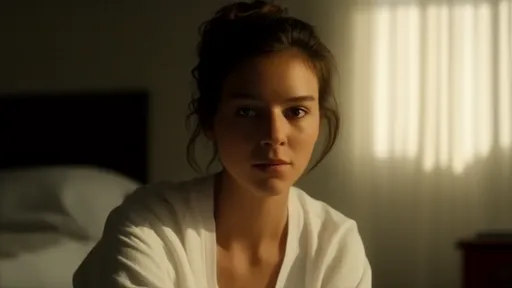
By /Aug 13, 2025
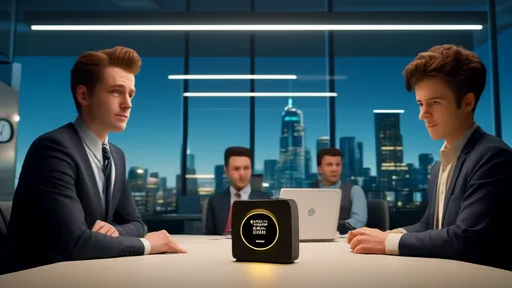
By /Aug 13, 2025
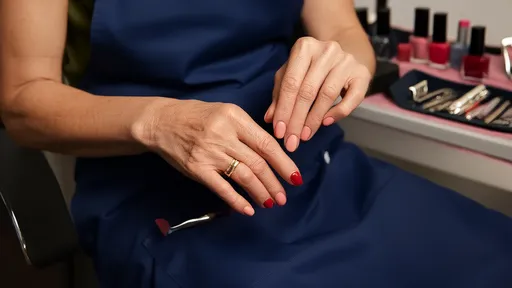
By /Aug 13, 2025

By /Aug 13, 2025

By /Aug 13, 2025
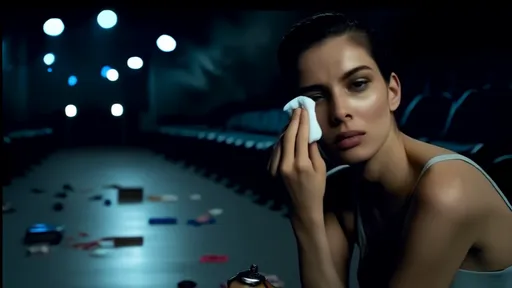
By /Aug 13, 2025

By /Aug 13, 2025
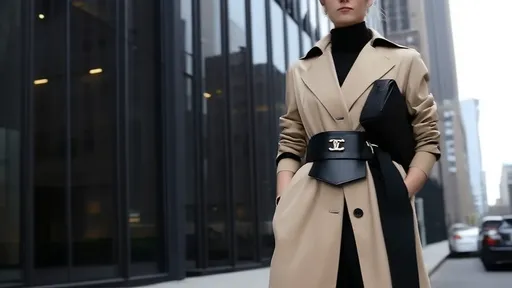
By /Aug 13, 2025

By /Aug 13, 2025
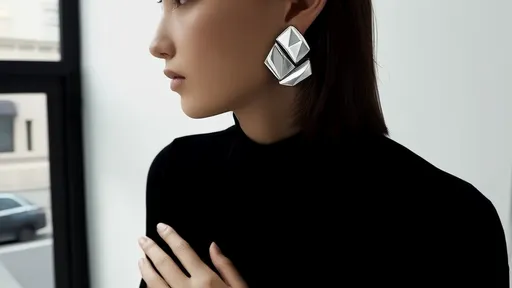
By /Aug 13, 2025
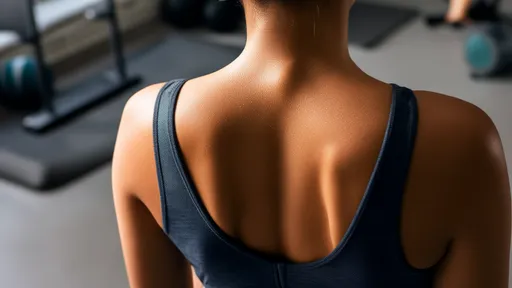
By /Aug 13, 2025
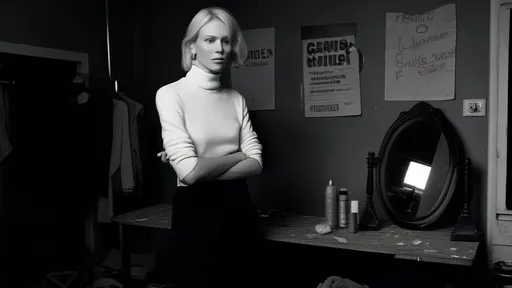
By /Aug 13, 2025

By /Aug 13, 2025
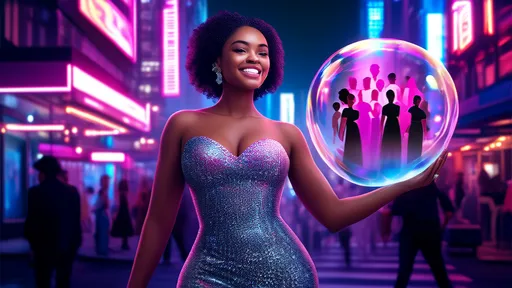
By /Aug 13, 2025
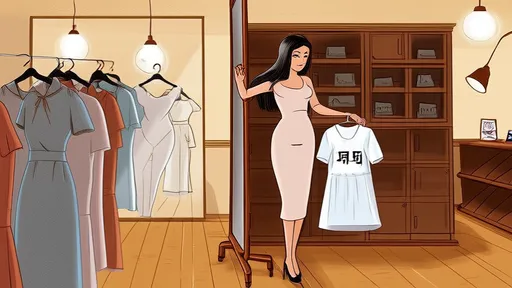
By /Aug 13, 2025

By /Aug 13, 2025
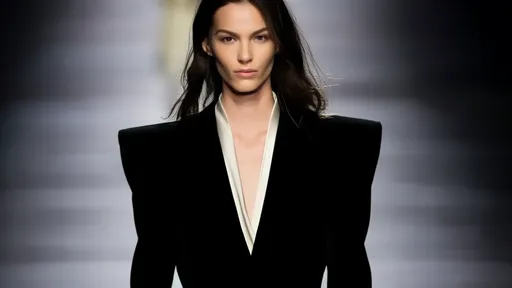
By /Aug 13, 2025

By /Aug 13, 2025
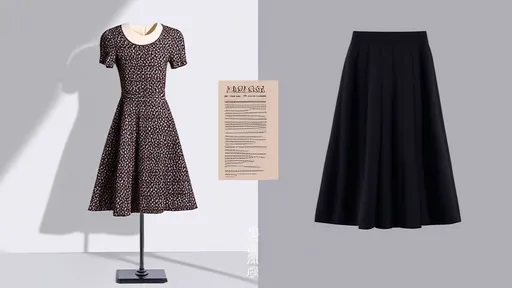
By /Aug 13, 2025
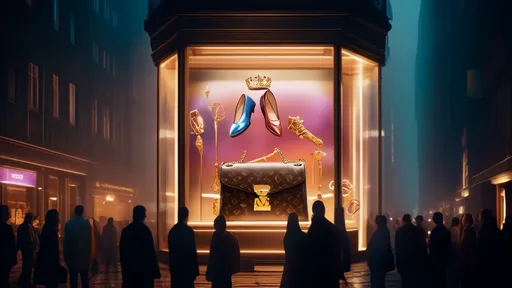
By /Aug 13, 2025